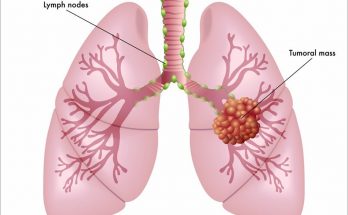COPD makes it difficult to get oxygen into the bloodstream and get carbon dioxide out of the bloodstream. To help patients get oxygen they need, doctors oftentimes put patients with moderate tosevere COPD on portable oxygen therapy.
Benefits
Oxygen therapy can increase your quality of life by easing common COPD symptoms like shortness of breath and lack of energy. Several studies have also shown that it may help people with COPD live longer. It may also improve confusion, memory problems, and impaired kidney function.
Side Effects
If you follow the doctor’s instructions, there are usually minimal risks. Oxygen, however, is highly flammable so any cigarettes or open flames should be strictly avoided.
When & How Oxygen Therapy is Used
Long-term oxygen therapy is usually prescribed to raise PaO2 levels to somewhere between 60 and 65 mm Hg or oxygen saturations from 90% to 92%. Oxygen therapy is administered in one of three ways:
1) Gas Cylinders
2) Liquid Oxygen devices
3) Oxygen Concentrators
Typically, for long-term oxygen therapy, patients should get oxygen for at least 18 hours with as few interruptions as possible. Using it 24 hours a day should provide maximum benefit.
